Increased Focus on Sustainability
Sustainability has emerged as a crucial consideration in the Hunting Apparel Market. As consumers become more environmentally conscious, there is a growing demand for apparel made from sustainable materials and ethical production practices. Brands that prioritize eco-friendly initiatives are likely to attract a loyal customer base. Recent surveys indicate that a significant percentage of consumers are willing to pay a premium for sustainable products. This shift in consumer behavior suggests that the market for hunting apparel will increasingly favor brands that demonstrate a commitment to sustainability. Consequently, companies that invest in sustainable practices may find themselves at a competitive advantage in the Hunting Apparel Market.
Growth of E-commerce and Online Retail
The rise of e-commerce and online retail platforms is reshaping the Hunting Apparel Market. With the convenience of online shopping, consumers are increasingly turning to digital channels to purchase hunting apparel. This trend is supported by data showing a substantial increase in online sales within the outdoor apparel sector. Retailers that establish a strong online presence and offer a seamless shopping experience are likely to capture a larger share of the market. Additionally, the ability to access a wider range of products and brands online enhances consumer choice, further driving demand. As e-commerce continues to grow, it is expected to play a pivotal role in the expansion of the Hunting Apparel Market.
Rising Participation in Outdoor Activities
The increasing interest in outdoor activities, particularly hunting, appears to be a significant driver for the Hunting Apparel Market. As more individuals engage in hunting as a recreational pursuit, the demand for specialized apparel is likely to rise. According to recent data, participation in hunting has seen a steady increase, with millions of individuals taking to the field each year. This trend suggests that the market for hunting apparel will continue to expand, as consumers seek high-quality, functional clothing that enhances their outdoor experience. Furthermore, the growing awareness of conservation and sustainable practices among hunters may lead to a preference for brands that align with these values, thereby influencing purchasing decisions in the Hunting Apparel Market.
Technological Advancements in Fabric and Design
Technological innovations in fabric and design are transforming the Hunting Apparel Market. The introduction of advanced materials, such as moisture-wicking fabrics and lightweight insulation, enhances the performance of hunting apparel. These innovations not only improve comfort but also increase the functionality of clothing, making it more suitable for various weather conditions. Additionally, the integration of smart technologies, such as GPS tracking and temperature regulation, is becoming more prevalent. This trend indicates a shift towards high-tech apparel that meets the evolving needs of hunters. As consumers become more aware of these advancements, the demand for technologically enhanced hunting apparel is expected to grow, further driving the market.
Demographic Shifts and Changing Consumer Preferences
Demographic shifts, particularly among younger generations, are influencing the Hunting Apparel Market. Millennials and Generation Z are increasingly participating in outdoor activities, including hunting, which is reshaping market dynamics. These younger consumers tend to prioritize style, functionality, and brand values when making purchasing decisions. As a result, brands that effectively engage with these demographics through targeted marketing and product offerings are likely to thrive. Furthermore, the trend towards experiential hunting, where individuals seek unique and memorable experiences, may drive demand for specialized apparel designed for specific hunting scenarios. This evolving consumer landscape suggests that the Hunting Apparel Market must adapt to meet the preferences of a new generation of hunters.



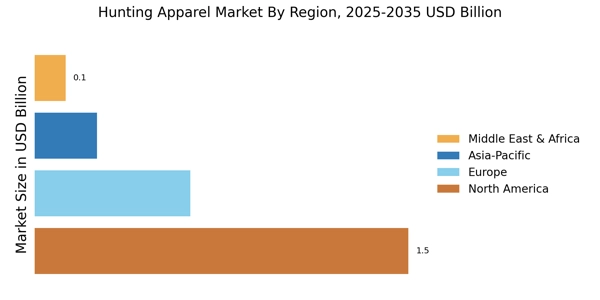

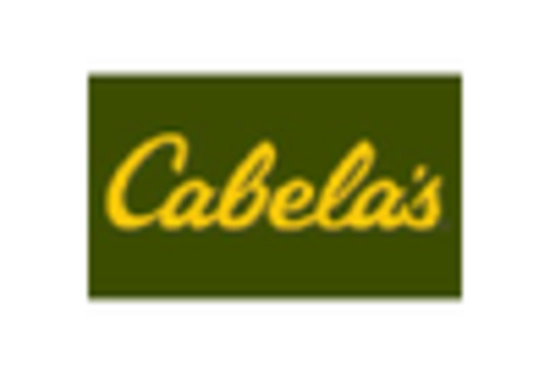
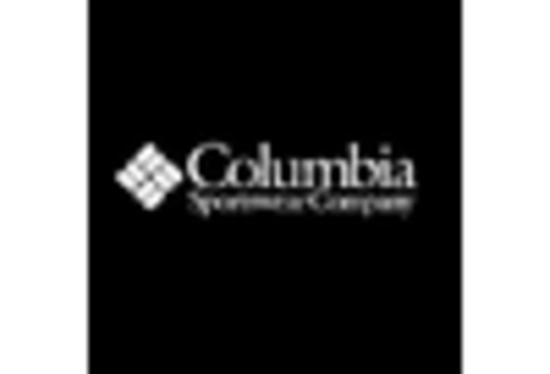
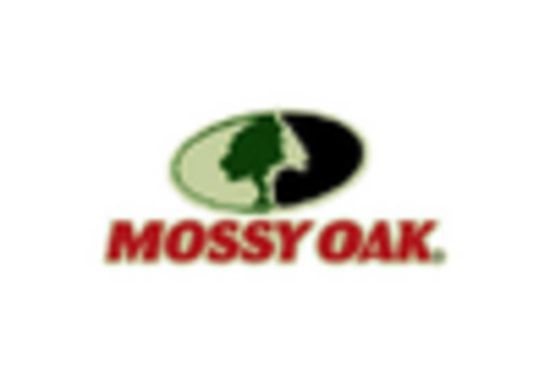
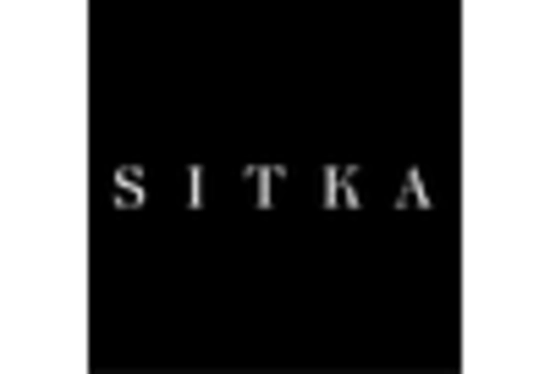
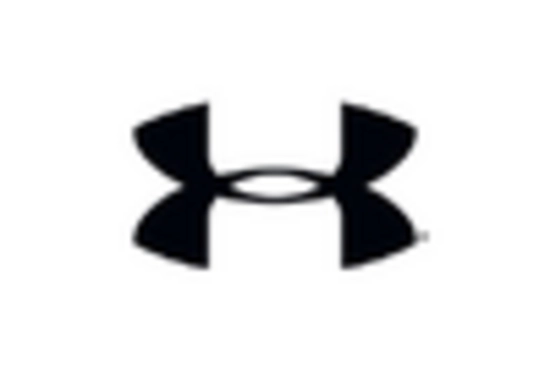








Leave a Comment